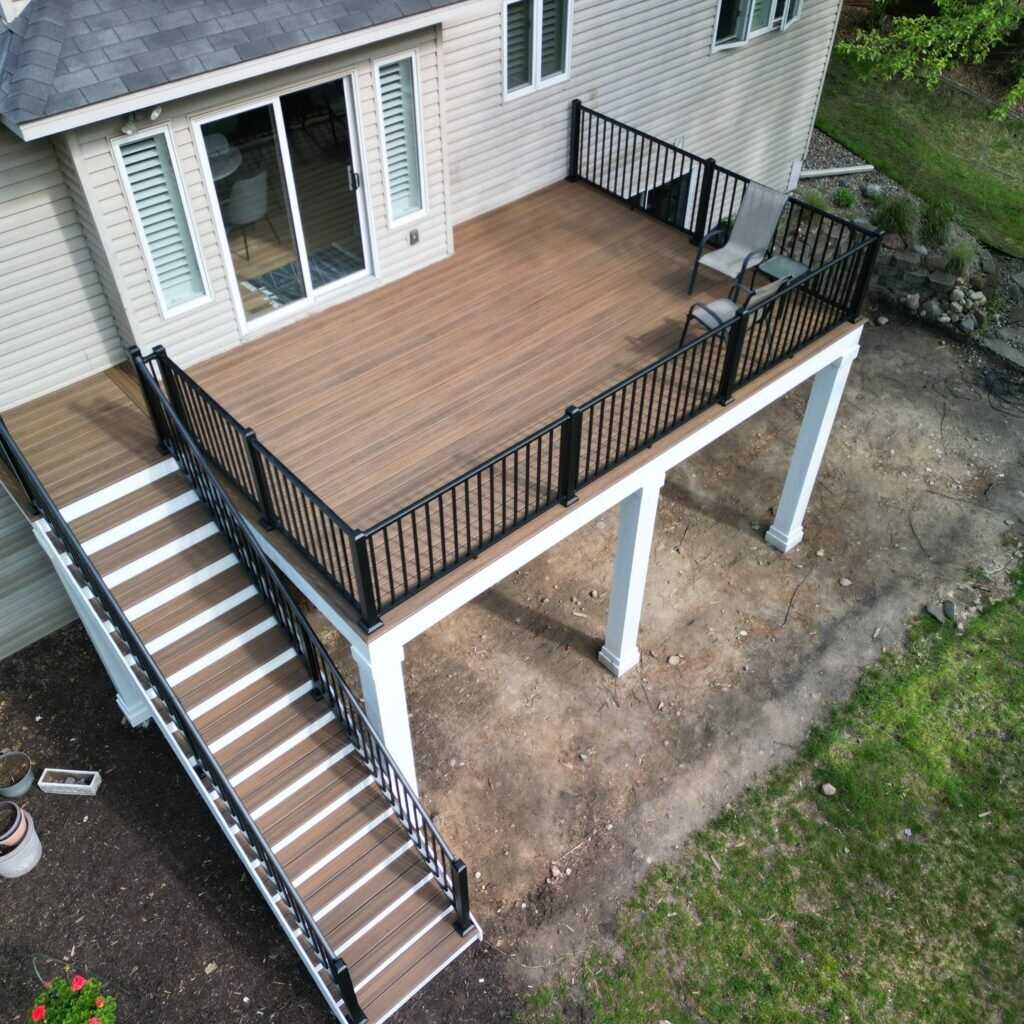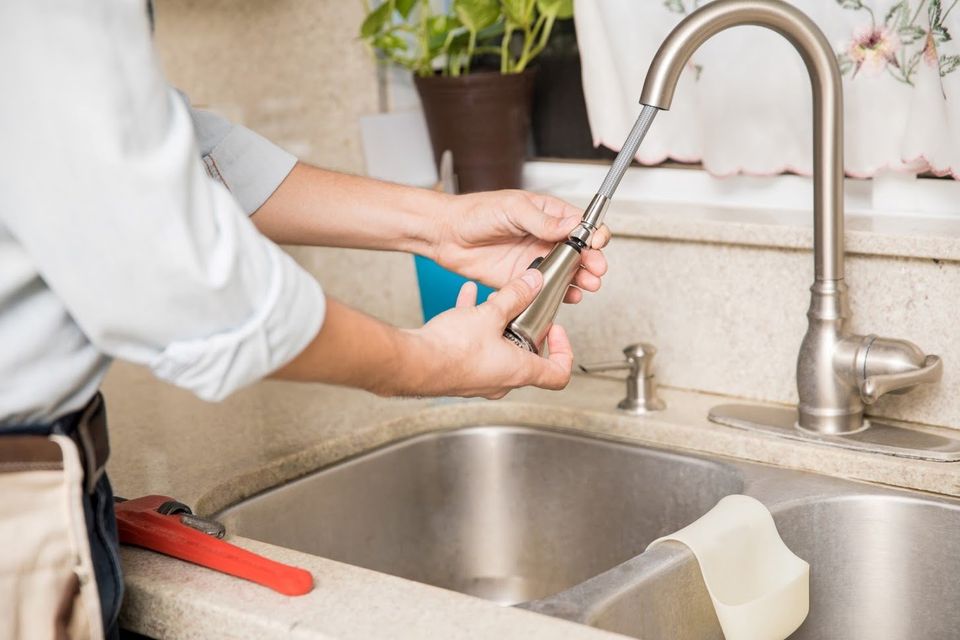A 100 ton hydraulic press stands out as a central piece of equipment in heavy-duty manufacturing and many industrial environments. Providing up to 200,000 pounds of controlled force, this machine is vital when tasks demand robust power, stability, and accurate processing. Operations such as forming, punching, and shaping metal components all benefit from the press’s strong, uniform pressure. This blend of force and repeatable results supports increased productivity while also supporting required safety standards—a crucial consideration in intensive metalworking and fabrication jobs.
From supporting intricate part production to managing large-scale shaping or assembly processes, hydraulic presses with such high capacities streamline workflows and deliver consistently reliable outcomes. Selecting and operating the right model plays a significant role in optimizing daily operations and reducing both waste and error.
Meeting Industrial Requirements with Hydraulic Presses
Manufacturing and industrial settings often impose steep demands on machinery. A 100 ton hydraulic press reliably meets these needs, providing precisely controlled force for applications in sectors like automotive, aerospace, and general manufacturing. Reliable pressure is especially important in environments where finished products must match strict quality standards.
Applications commonly require accurate pressure control, versatile adjustment options, and dependable construction that holds up under heavy use. Presses of this size feature solid steel frames, user-friendly controls, and a variety of safety mechanisms to secure both materials and operators.
When evaluating hydraulic presses, it’s wise to consider cycle speed, the types of controls available (such as manual levers or powered panels), and the degree of adjustment needed for specific processes. Superior construction and control options contribute to consistent output and help minimize costly mistakes or material losses.
Main Characteristics and User Benefits
A typical 100 ton hydraulic press is designed with robust components:
- Sturdy steel frames for stability during operation
- Control systems that may be operated manually or electrically
- Incorporation of overload protection and safety lockouts
The advantages extend beyond sheer force. Operators will notice:
- High levels of process accuracy and repeatability
- Increased work efficiency and reduced manual effort
- Adaptability for a wide array of metalworking, assembly, and bending tasks
These qualities help businesses deliver products faster and with better quality, improving overall competitiveness in fast-paced markets.
Core Components and Functional Features
The reliable function of a 100 ton hydraulic press depends on several major parts working in concert:
- Frame: Constructed from high-strength materials, the frame keeps everything stable during high-pressure cycles.
- Hydraulic Cylinder: Converts hydraulic pressure into actual pressing action, powering the machine’s main movement.
- Pump: Generates necessary hydraulic pressure and can be operated manually or through electric motors, depending on model.
- Control Mechanism: Allows for fine-tuned adjustment, ensuring that both pressure and speed match the task requirements.
Additional features, including precision gauges, adjustable beds, and safety valves, provide customization for various industry needs. Adjustable bed heights, for example, allow quick adaptation to different workpiece sizes. Meanwhile, secure fastenings and safety-oriented design elements protect both operators and machinery from unexpected issues.
Uses of Hydraulic Presses Across Industries
Hydraulic presses of this class are valued for their adaptability and strength, serving key functions across metalworking, automotive, plastics, and recycling industries.
In metal fabrication, the press supports the production of machine parts, structural elements, and vehicle components, offering the consistent force needed for forming and assembly.
Automotive manufacturing depends on these presses for forming vehicle chassis, brackets, and panel shaping—tasks where uniformity impacts both performance and safety.
Within the plastics sector, hydraulic presses are used in molding processes where tight control over pressure leads to high-quality large containers and custom components. Since the press provides steady, uniform pressure, defect rates go down and part consistency goes up.
The rubber industry similarly benefits from hydraulic presses, relying on their force to bind layers during tire manufacturing. Consistency at this stage ensures long-lasting, safe products on the road.
In recycling operations, these presses compact scrap metal and other reusable materials, making storage, handling, and transport more efficient.
Maintenance and Safety Best Practices
Proper care and safe use of a 100 ton hydraulic press are both routine and essential. Begin with daily inspections: check hydraulic hoses for leaks, verify oil levels, and closely examine all exterior parts for signs of wear. Addressing problems early helps maintain uninterrupted operation.
Include a weekly deep clean to remove accumulated dust and debris, lubricate moving parts, and ensure all nuts and bolts are tight. This routine sustains equipment reliability and prevents unexpected breakdowns.
Operators should consistently use personal protective equipment like gloves and face shields, and must adhere strictly to established operating procedures. Always disconnect power before repairs or adjustments, and confirm that all staff are regularly trained on safety guidelines.
With ongoing attention to these practices, a hydraulic press can maintain strong performance and dependable results in busy industrial environments..











